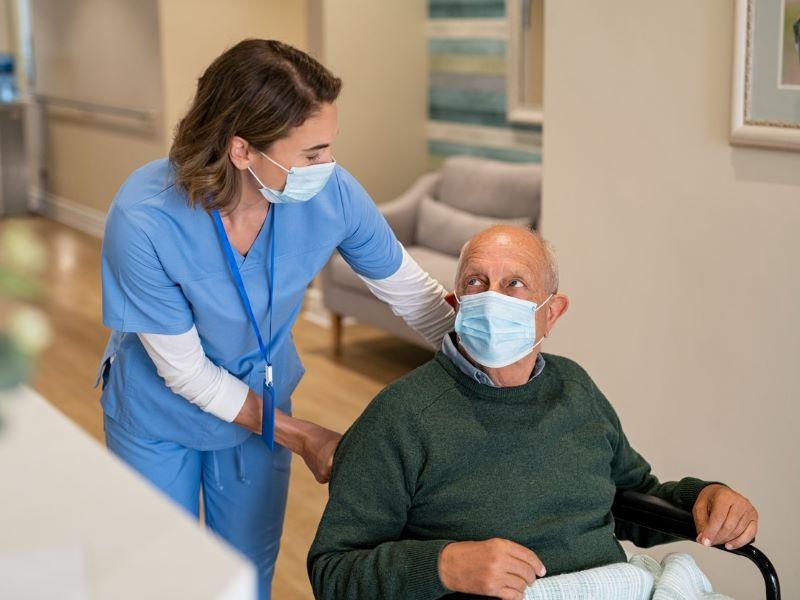
Social justice as part of medical education

In the wake of George Floyd’s murder and the impact of Covid-19 on black and brown communities, an increasing number of medical schools recognise the importance of incorporating social justice principles into healthcare curricula. In the words of the 19th-century German polymath Rudolph Virchow, medical education is not meant merely to provide students with a way of making a living, but to ensure the health of the community. To accomplish this noble mission, medical education must endeavour to intervene in political and social life. However, current medical school curricula do not discuss topics such as health disparities, social determinants of health or the impact of structural racism on health outcomes to the required extent.
With Gen Z, the most diverse generation in US history in terms of gender, sexual orientation, ethnicity and race, starting to attend college, it is a pertinent time for participatory curriculum development to help close the divides of class and race.
However, curricula reform will only be effective among a new generation of students if it values their learner attributes and perspectives. When students’ priorities do not coincide with existing curriculum content, delivery methods and learning approaches, it is difficult to engage them in a meaningful discourse. Detailed below are five strategies universities can adopt for effective implementation of social justice principles in medical curricula.
- Social justice in, through and beyond higher education
- THE podcast: academia and activism
- Moving beyond statements of commitment to taking action on race equality
1. Formal commitment to social justice principles
It is important to emphasise social justice principles in the mission and vision statements of the university. Mission statements often act as the foundation for the educational practices of an institute and can translate directly to the learning objectives and thus the curriculum. The statement provides a shared purpose for the university and students even beyond graduation or licensure.
2. Integrated curriculum design involving active student participation
A challenge in implementing social justice curricula in medical education lies in prioritising and integrating related topics in the curriculum, owing to varying opinions among faculty and students about the importance of topics. When social justice principles are delivered as standalone modules or electives, it can give an impression to some students and faculty that the issues under consideration are not core to the curriculum and are a digression.
Social justice themes relating to social determinants of health and other structural and systemic barriers must be seamlessly weaved into the four-year curriculum using classroom or experiential learning strategies. In-classroom strategies that encourage student self-reflection and critical thinking can include case studies followed by small group discussions, incorporating perspectives or lived experiences of experts in the area of interest. Experiential learning strategies are explained further under section 4: community engagement and advocacy.
Periodic curriculum reviews and development should be conducted with student participation. For example, student representatives should serve on curriculum committees to voice students’ opinions related to topics that they deem fit to be covered in the syllabus.
3. Supplementary student-led initiatives
Covering social justice-related topics in classrooms might not be welcomed by faculty who are already under pressure to cover the core curriculum related to foundational and clinical sciences within the stipulated time over a semester. Student-led supplementary programmes could be useful to combat such challenges. Examples of such initiatives could include student-led journal clubs focusing on social justice and anti-racism, invited lecture series run by students, Safe Zone LGBTQI+ allies training workshops, bias training and language training. Faculty and staff could also benefit from these supplemental workshops, seminars and trainings.
4. Community engagement and research as forms of advocacy
Students and faculty can partner or volunteer with local organisations and policymakers through community immersion activities focused on health. Students could shadow professional teams at local hospitals and agencies as part of their clinical rotations or they could complete their service learning hours by working as interns with local agencies, student-run clinics or health advocacy events designed to benefit the local community, vulnerable populations in particular.
Experiential learning equips students to understand the health needs and disparities in the community, identify causes and design and implement real-time interventions with immediate social impact. Medical school faculty and students are expected to engage in mentored scholarly research, where students work on research problems under faculty guidance. Proof of engagement in research projects will help in tenure, promotion and residency applications.
Purposeful selection and design of research problems by faculty and students in areas such as global health, public health and epidemiology, bioethics and education targeting local populations, in addition to clinical and basic sciences, can benefit the community at large.
For example, using a combination of social science research methodologies and statistics, faculty and students can examine the prevalence of certain illnesses in a population or the effect of occupational and environmental health, public policy, nutrition, poverty, immigration or insurance status on public health.
Community-focused research offers an alternative avenue for advocacy because findings could eventually influence policymaking that benefits marginalised or under-represented groups.
5. Incentives for faculty and student champions
Financial barriers could stand in the way for some students who are keen to engage in social justice-focused careers. There is a need for more sponsorships and programmes, such as debt-forgiveness schemes that incentivise students to engage in social justice work. A good model in this regard is the pilot graduate fellowship launched at UC Berkeley’s College of Environmental Design, which provides free tuition to students pursuing social justice-oriented careers.
Faculty must also be given due credit for contributing to curriculum development that progresses social justice, mentoring and any related research by including this work as performance indicators on their annual evaluations instead of relying merely on student evaluations of teaching.
Priya Harindranathan is associate director of assessment and evaluation in the Paul L. Foster School of Medicine at Texas Tech University Health Sciences Center, El Paso.
If you would like advice and insight from academics and university staff delivered direct to your inbox each week, sign up for the Campus newsletter.


